Rise of the Ronin
Developers: Team Ninja, Koei Tecmo
Publisher: Sony
Platforms: PlayStation 5
Release Date: March 22, 2024
Price: $69.99 USD – Available Here $124.95 AUD – Available Here
Overview
Best known for their now mostly dormant Dead or Alive and Ninja Gaiden franchises, Team Ninja has been branching out a bit in recent years to offer different kinds of stage-based action RPGs starting with Nioh and taking things a step further with Wo Long. Now, with some help from Sony, the developer has taken the full leap from placing players in linear stages where they set out to battle through into one set in an open world with potential for co-op play in missions and plenty of side-activities to cover the map. Taking inspiration from many other modern open world games and combining it with their finely honed combat system may seem like a satisfying combination, but has Team Ninja managed to pull it off with Rise of the Ronin?
Story
Set during the Edo Period and continuing throughout the Bakumatsu era, the player takes on the role of a pair of Blade Twins whose village was burned down by Tokugawa Shogunate forces. The pair of children are saved by an elderly swordswoman who recruits and trains the pair in a secretive village with a single mission in mind, taking revenge on the Shogunate. The village specializes in training pairs of fighters who always battle at one another’s side as Blade Twins, both of which the player creates through an extensive character creation system. With their training complete, the pair are sent out on their first mission as the black ships from the United States have arrived and threaten to increase the power of the Shogunate even further and assassinate Commodore Matthew Perry and potentially learn anything they can. Unfortunately, things go awry as one Blade Twin must sacrifice themselves for the other to escape, leading to player’s making a choice of which of their created characters will actually be their protagonist throughout the game. After being forced to eliminate their former master to pursue their other Blade Twin, who in their hearts they know is alive somewhere, Rise of the Ronin‘s era spanning adventure begins.
Rise of the Ronin takes a far more grounded approach to storytelling, foregoing many of the more supernatural elements that fans have come to expect from the developer and instead focusing on telling something similar to a historical drama where the player character is both witnessing historical events and even taking part in them as well, sometimes making choices that may affect the fate of certain historical figures. Sure, there are plenty of liberties taken to make things interesting like making political figures and prominent names of the time also being skilled samurai or ninja unlike their real life counterparts but for the most part players will find that this more grounded approach is actually quite interesting, especially thanks to how close of a role the Blade Twin plays in certain events through the player’s own actions, relationships, and much more, though we won’t spoil them here, though it must be said that there’s certainly more going on than meets the eye to many of the events that transpire, especially since a certain someone players are quite familiar is also involved.
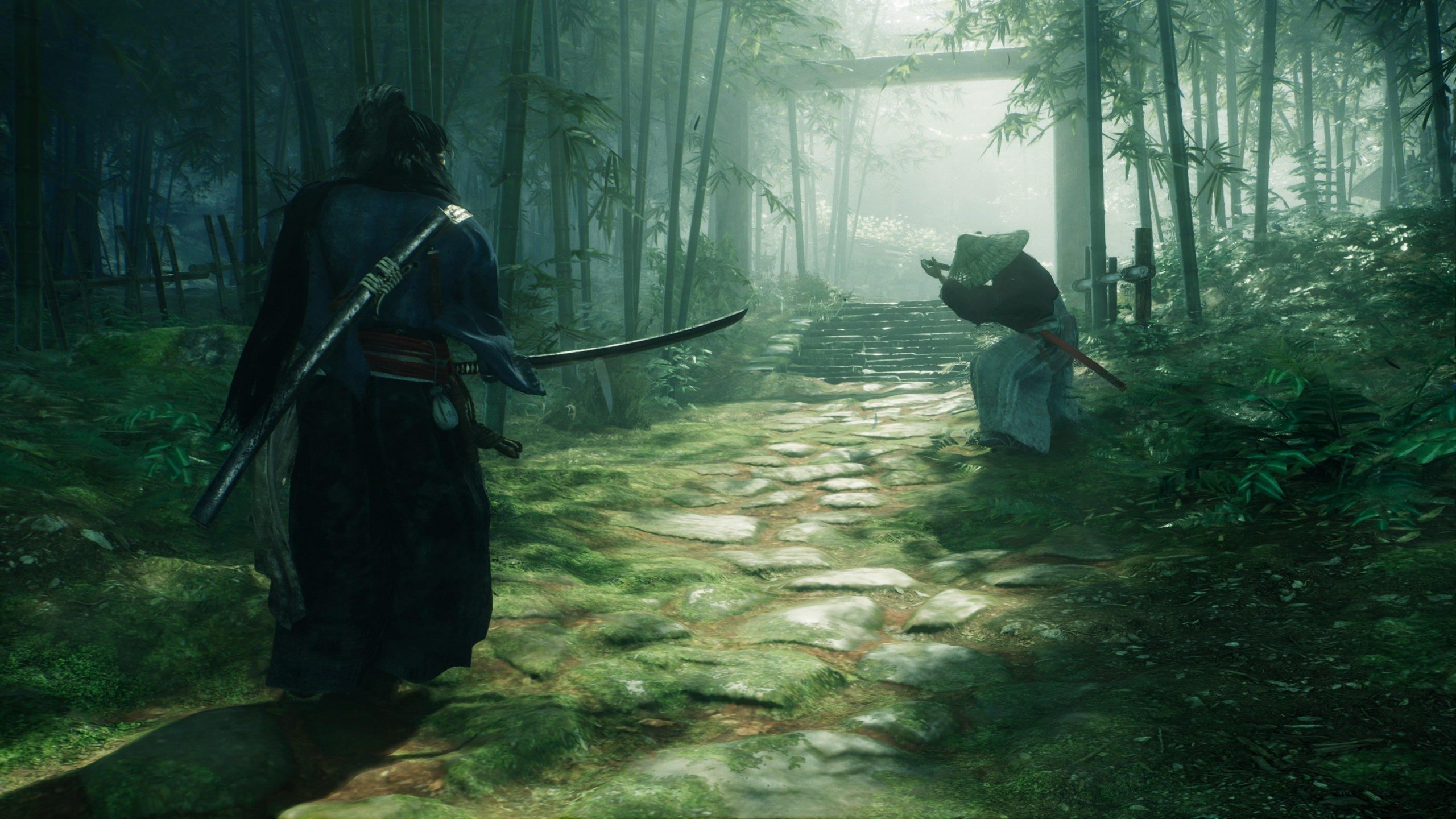
While the player’s character is mostly silent in interactions, that doesn’t mean that they don’t have choices to make and relationships to form. As mentioned earlier, these relationships are called Bonds and while they have their own gameplay benefits by growing closer to allies, such as learning and unlocking their styles, gaining stat points, etc. they also provide additional story elements. These come in the form of conversations players can have with their allies to learn more about their backstory, some historical and some not depending on the character, and it feels quite genuine. There are also some elements of romance possible with certain characters as they will have a “Favor” meter as well that can be filled to obtain special bonuses and enter a relationship with them called a “Veiled Vow.” In a bit of irony, players can even choose to cheat on their partner should they choose.
Players increase the bond by taking allies along with them on missions, giving them gifts they like (helpfully indicated by a small heart icon by the item they like should the player have one), and making dialogue choices they like as well. These choices come into play a little bit with the story as well as there are some minor branching elements that, while don’t drastically alter the storyline, do offer different outcomes in certain missions and useful elements depending on the choices the player makes during a mission. These can be as simple as slightly altering an outcome to flat out betraying an ally and choosing a separate side.. Interestingly enough, the game does eventually provide a system called “Testament of the Soul ” that allows players to return to old missions and change their decisions if they so wish.
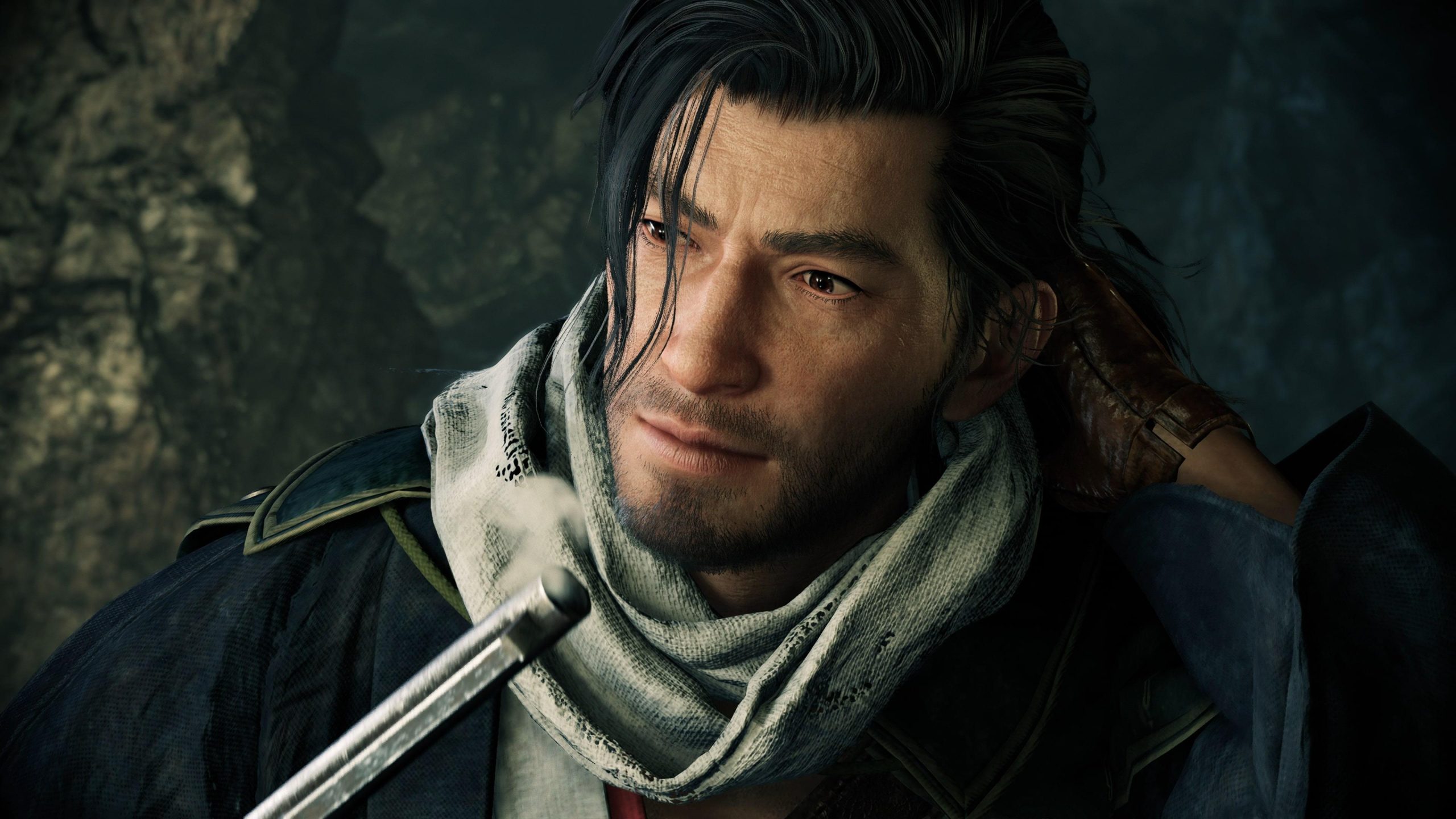
Besides offering the interesting characters players can interact with, the storyline and setting itself feels quite unique thanks to how in-depth it can feel at times and the fact that it is so grounded in reality, or at least as much as it can possibly be. Such a strong foundation allows for players to experience the struggles of these characters firsthand as they interact with them all while giving the writers a chance to explore the nationalism and isolationism that Japan was struggling with during such a tumultuous time in their history, even including the vast difference in technology that was making the old ways of the samurai obsolete with plenty of drama that feels both real and a bit exaggerated at the same time for the player’s benefit.
The sprinkling in of countless historical figures and the game’s own take on how they interacted with each other, both historically and fictionally, makes the entire storyline quite interesting for those intrigued by the era. It is worth noting that there does feel like that there is a bit too much padding in places as the game’s pacing could use some work even if players focus on the storyline, but for the most part those looking to experience the final days of the Shogunate will find that Rise of the Ronin handles it quite well.
Gameplay
Now perhaps the most unique element that Team Ninja has tried to tackle with Rise of the Ronin is that the game is now an open world one. this means that while there are still various stages featuring linear paths and a set fight at the end, these are usually only for large story missions and some side missions while the rest of the activity takes place in the open world. As players begin their adventure they will quickly be given a horse and free reign to go pretty much anywhere they want, limited by only certain story progression elements and of course enemy strength. As players through the prefectures in the open world they will find that each location has a “bond” similar to the character bonds but these are raised by unlocking “Veiled Edge” fast travel/respawn/enemy respawn banners, defeating bandits that randomly attack innocents, and liberating locations taken over by hostiles. As a location’s bond level increases the more collectables will be revealed by the locales by placing them directly on the map.
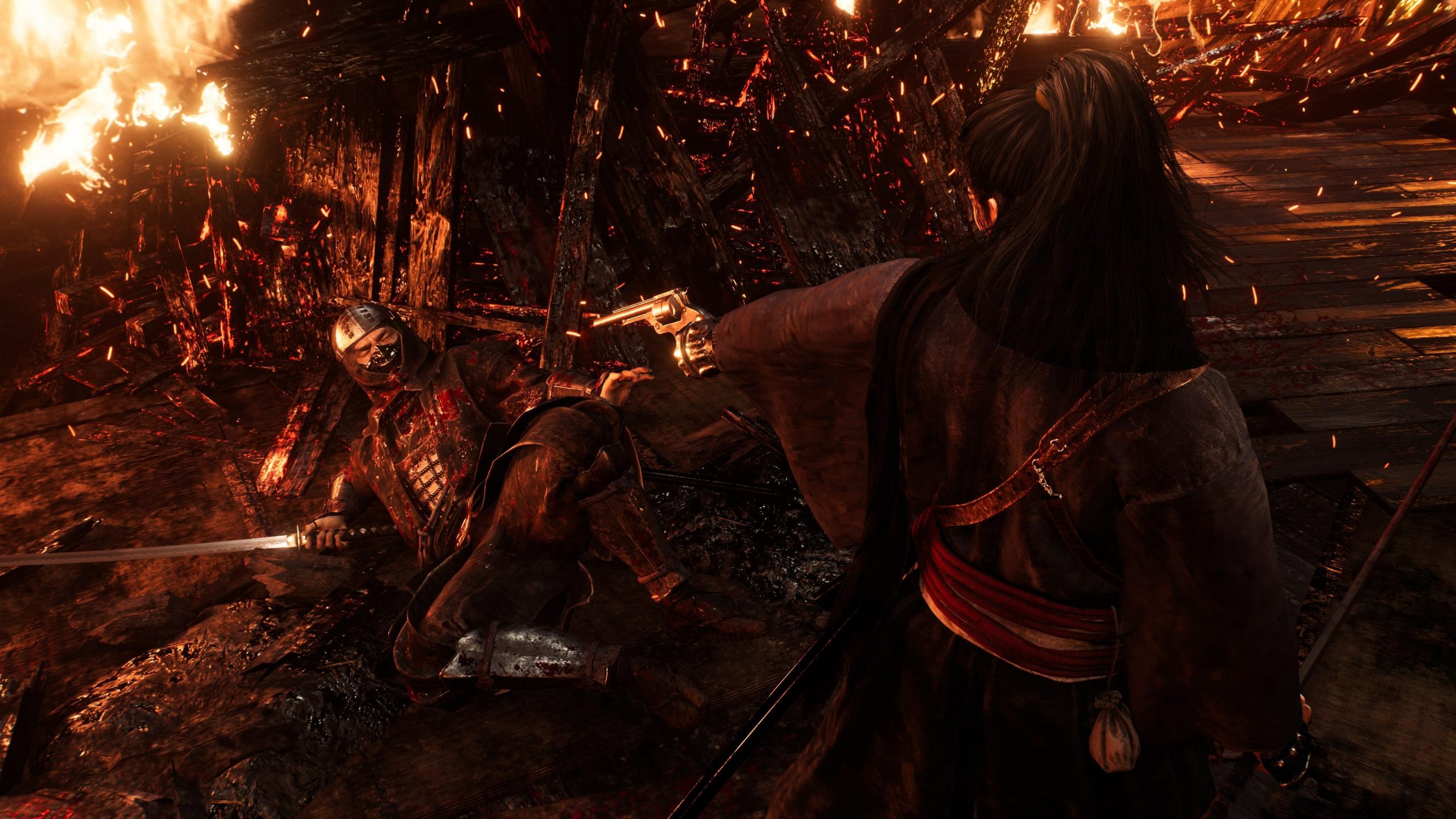
Each zone starts at Bond Level 1 but at Bond Level 3 it will show off nearly every collectable and fight within the area, including difficult fugitives to kill, cats to pick up and pet, shrines to pray at, and more.This is all well and good for the most part but unfortunately the lack of variety here quickly becomes apparent as literally every zone will have the same activities recycled endlessly. Pick up and pet a kitty, pray at a shrine, go clear out a bandit group disturbing public order and move on. There are some extra challenges mixed in here and there, such as races on horseback (that players can even have auto-run on pathways for them by selecting a location on the map) or using the hang glider to reach certain locations but even these are limited and repetitive.
Speaking of the hang glider, this tool also arrives early in the game as it has become something of a staple seemingly in any open world title to require a hang glider, even if it has awful controls. Alongside this players are given a grappling hook right from the get go and can use it to anchor and zip to pre-set locations to reach collectibles and platforming around various areas, sneaking up on enemies. The grappling hook has potential but its limitations in the open world are a major drawback thanks to it requiring specific anchor points and leaves both extra traversal options feeling far more limited compared to a standard open world game’s offerings. Thankfully, the grappling hook can be used in combat to drag foes closer or off their feet or even grab and throw an item at a foe to catch them off guard.
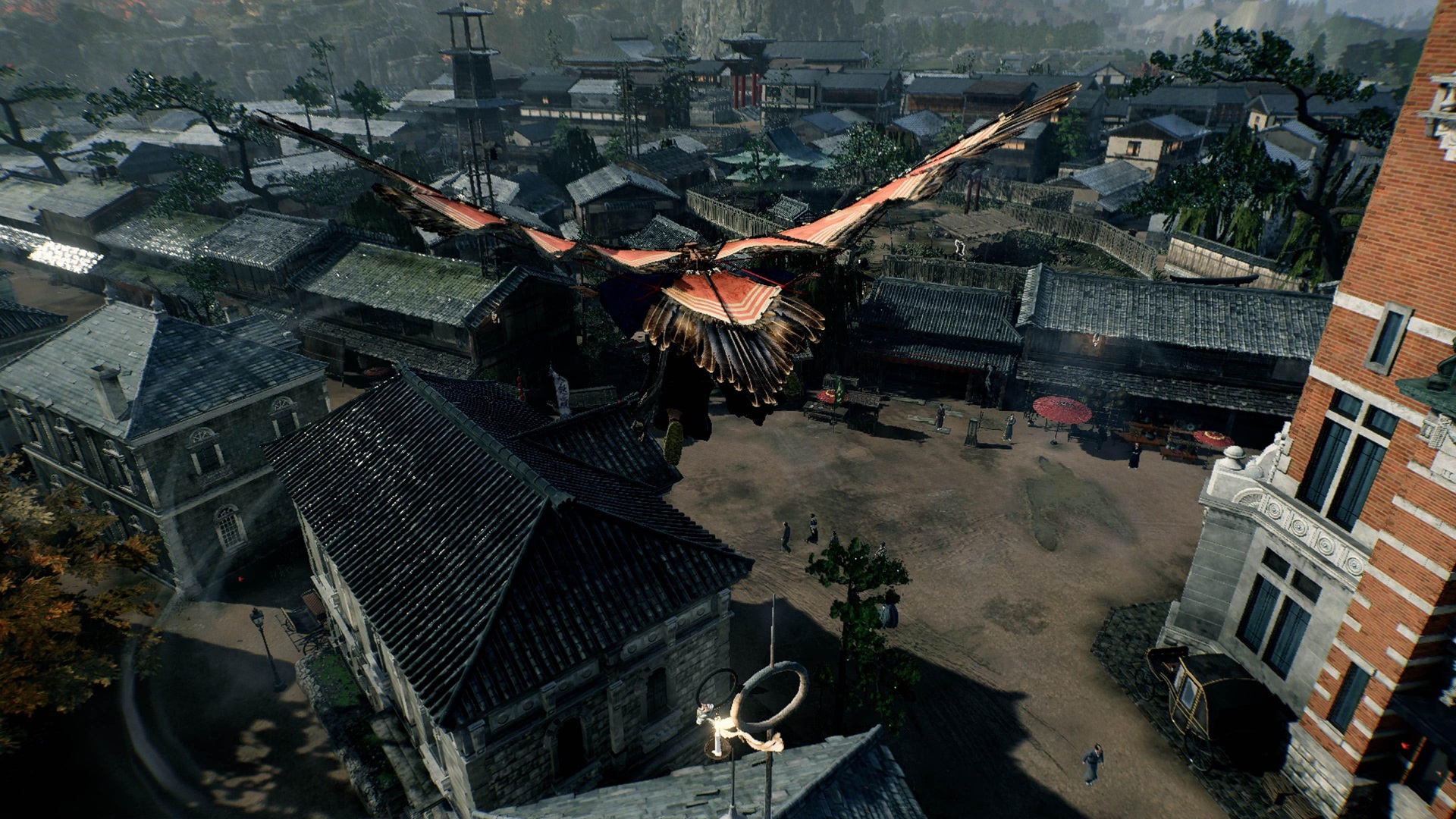
Once players are in combat is where Rise of the Ronin truly shines as it takes some of the best elements of Team Ninja’s combat from previous games and combines them to create a truly fascinating system that feels just as rewarding as it can be punishing. Players have a health meter and Ki meter, with Ki being their stamina that is expelled any time they attack, dodge, block, or use a special attack. The title even makes use of the parrying mechanic from Wo Long though this time around it is called “counterspark.” Any enemy attack can be counterpsarked and can leave the enemy reeling and open for a counter attack or even defeat them outright depending on their health and the type of weapon the player is using. If players can deplete their enemy’s Ki meter completely, either through countersparking or attacking them directly, they can be struck with a critical blow or instant kill in many cases. It is worth noting that enemies can also unleash powerful “Martial Skills” that are unblockable, leaving players to either dodge them entirely or perfectly time a counter to punish their foe. Countersparking these types of attacks drain a massive amount of Ki from an enemy, rewarding players for taking the risk.
Alongside a vast array of weapon types, ranging from the standard katana to sweeping odachi, longer ranged spear, twin swords, and more, the game also provides different combat styles that may or may not be effective against other weapon types. Oddly enough, some weapons have way more styles to work with compared to others. For example, a standard samurai blade has the most styles possible, giving players tons of options to work with, while others are limited to three only, potentially crippling certain weapons compared to others. That being said, players are completely free to swap and adjust their gear at will, especially if they find a certain type of weapon that they feel controls and handles the best, since styles will mostly play a role in how well they do against certain foes as each style has a strength and weakness against another.
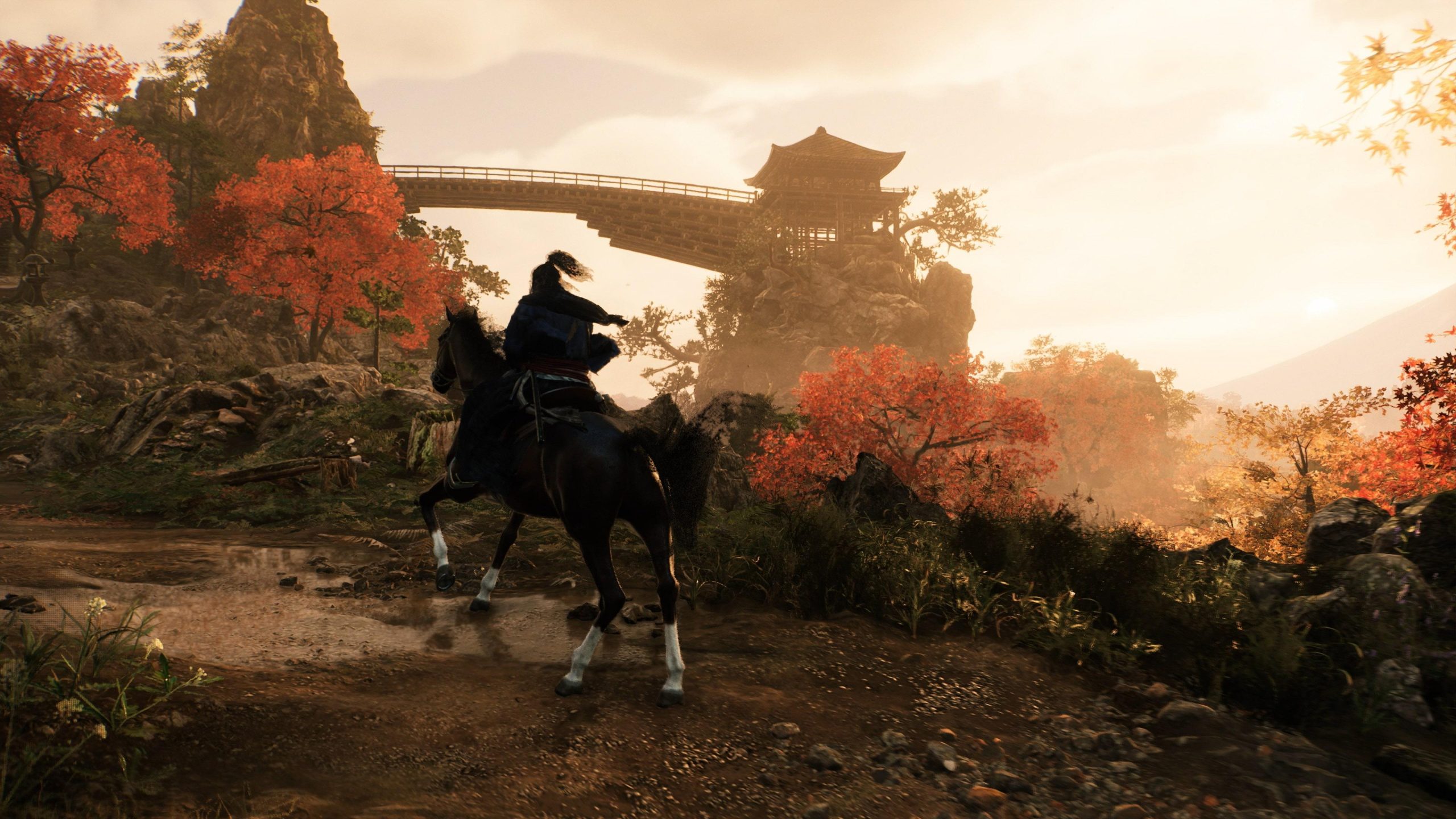
Players can even make use of secondary weapons such as a rifle, a bow, shuriken, revolver, and even an early flamethrower with limited ammo for each one. These give players a lot of options to work with, which is good because the game absolutely loves to throw loot at the player. Upon defeating nearly any human enemy they will likely provide players with not only a consumable item but likely a weapon and piece of equipment as well. This quickly becomes overwhelming especially in large stages or longer battles as players will find themselves drowning in useless loot that is either worse than their own or barely stronger. In fact, some of it can be the exact same with only slightly re-rolled perks such as dealing more damage at night or gaining Bond a bit higher. Thankfully, players can sell or break down junk loot to help upgrade their actual gear but having to micromanage the inventory after every fight is tedious and annoying, especially since, as mentioned, most gear obtained from standard foes is awful compared to boss drops, quest rewards, and treasure chests.
Alongside the equipment system Rise of the Ronin does have some light leveling systems as well. From “honor” gained from defeating enemies to skill points obtained from praying at shrines or specific skill points from reading rare scrolls, players can use their skill points to obtain extra skills all while boosting their Strength, Dexterity, Charm, and Intellect an extra point. Some skills require a specific skill point, such as a Charm skill point rather than a general skill point to unlock, but these are often the most powerful. These skills range from increasing damage, being able to carry more health or bullets, or even unlock speech skills when talking with other NPCs, giving players options for new dialogue that may make certain interactions far easier for the player compared to if they couldn’t have lied or charmed their way through an encounter.
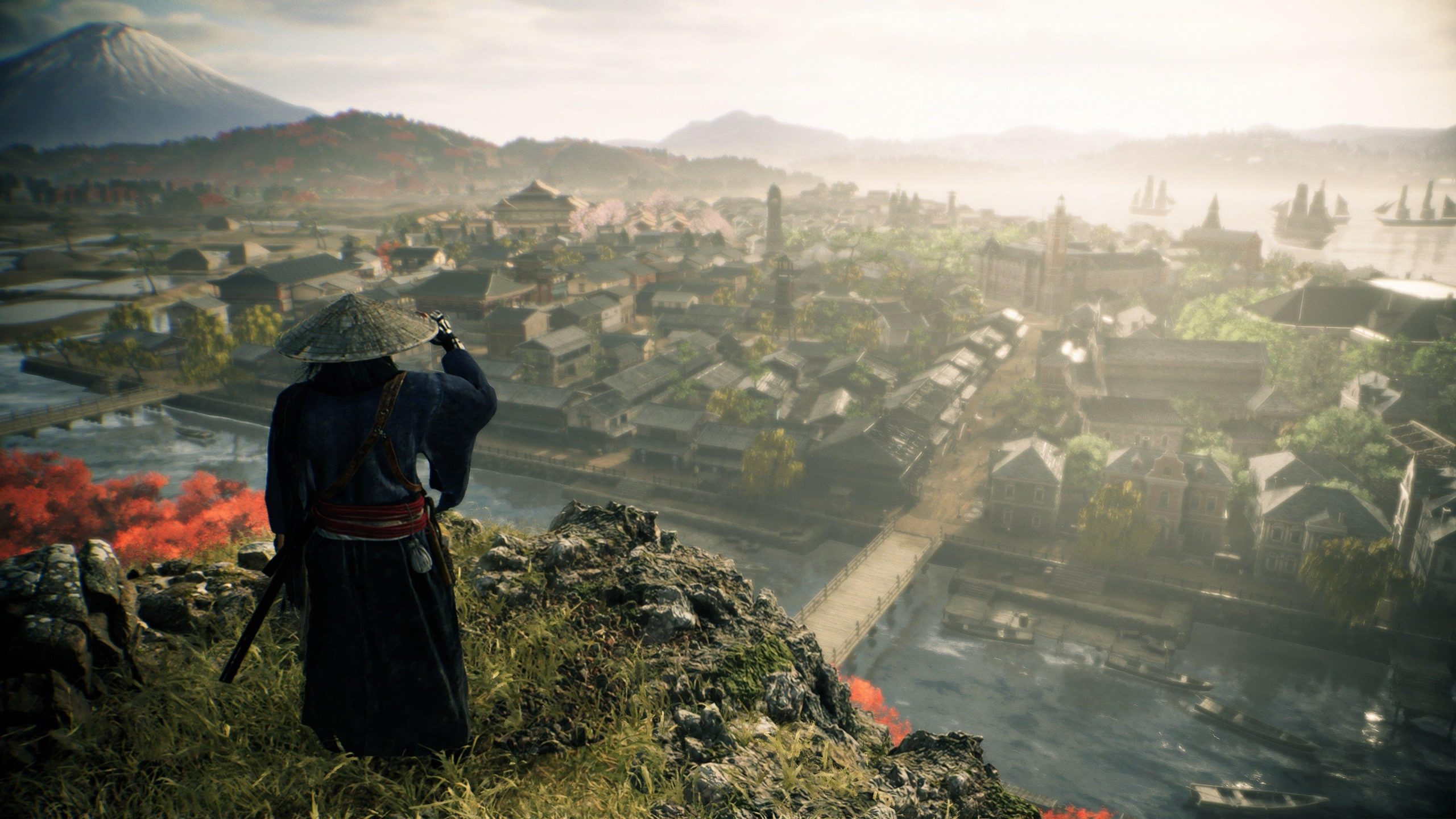
The multiplayer component in Rise of the Ronin is an interesting one as players can, only occasionally, bring their own friends with them to fight on story missions and side-missions. Should players choose they can bRING their own NPC allies instead if they have them available and even swap to them during combat if they so choose. It is also nice to note that, while Rise of the Ronin can be punishingly difficult and even normal enemies can be powerful threats, players can adjust the difficulty if they wish to. This includes being able to lower the difficulty from Normal to Easy, making attacks take less Ki to use, increasing the amount of health restored by the limited healing items, and even some basic accessibility options like auto gathering. While this does mean that more casual players can enjoy the game, this is far more welcoming to newcomers and those who wish to give the game a shot and try to learn its mechanics, perhaps bumping the difficulty back up to Normal once they’ve gotten the hang of things or find the best weapon to fit their playstyle.
Audio & Visuals
The design of Rise of the Ronin is something of a mixed bag. First and foremost, character customization is quite extensive right off the bat in character creation and players can even change the appearance of their obtained armor shortly into the game. As players travel through the larger cities it is interesting to see just how divided some elements of various locations can be, with one street featuring traditional Japanese style homes and the next street looking like something from an old US downtown. The same can even be said for the clothing of NPCs in some locations, with women walking around wearing big fluffy dresses and men in suits or wearing kimono and traditional Japanese clothing.
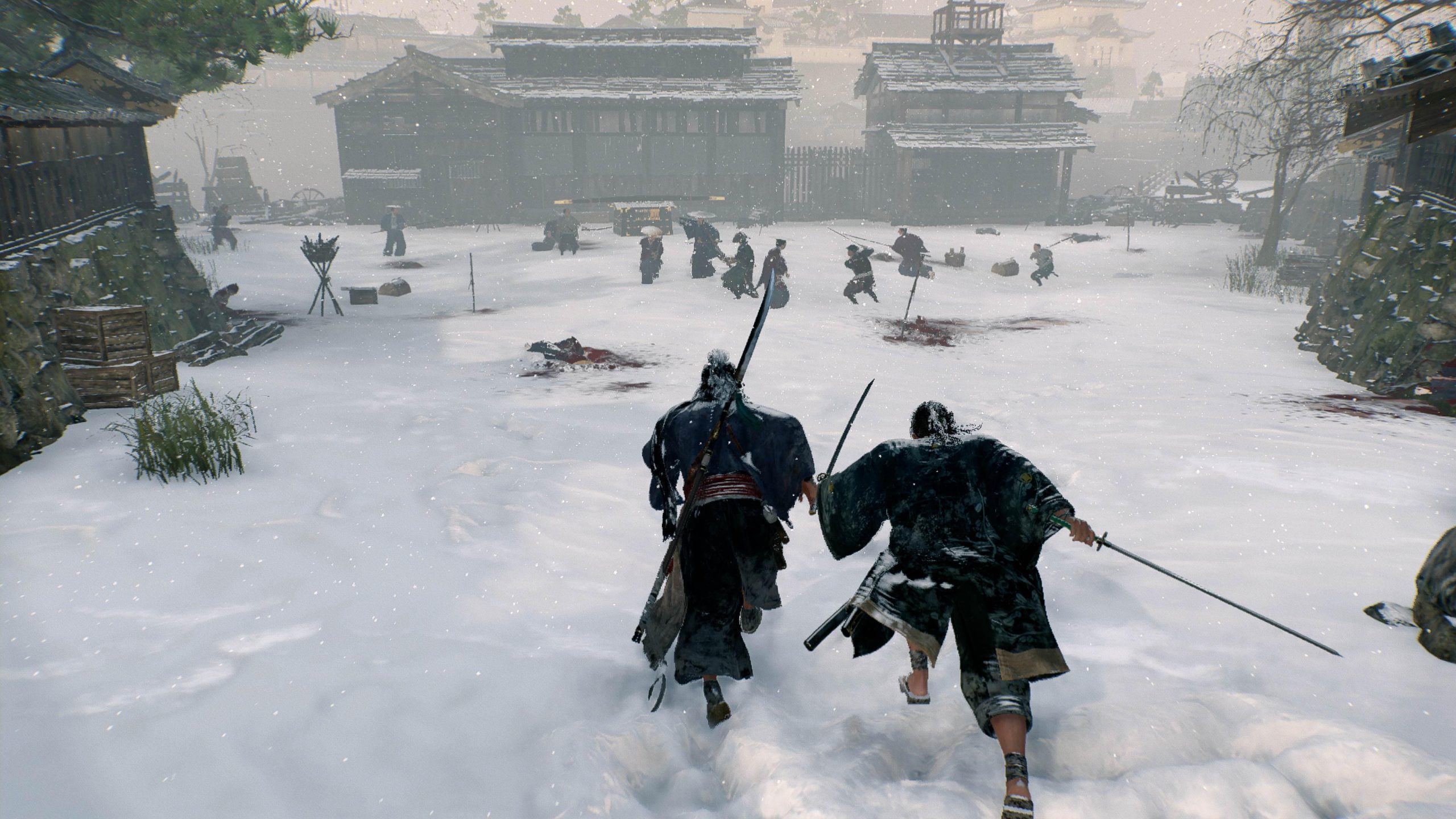
This blend is only truly interesting in cities unfortunately as most of the actual open world design of Rise of the Ronin is rather uninspired and generic looking. There are various historical locations that are given some great attention to detail but for every intricately designed area there are ten others that are just as generic at least until the latter half of the game. The same can be said about most of the enemies that players encounter as well, given the nature and more grounded setting of the game for a rather lacking enemy variety. Thankfully combat is wonderful looking and features a wide-array of special moves players can use that vary not only depending on the weapon players are currently wielding but even the fighting style they are employing. There is plenty of blood and even dismemberment to accompany the violence, though it is worth noting that the game’s performance mode does struggle during more involved action scenes. This can involve fights in the city streets and even group battles out in the open world where the game can suffer from slow down even while using the performance mode, with the two graphics focused options being even worse.
Considering the game is set in Japan and players are seeing a mix of both Japanese and English speaking tongues, it is a bit surprising that there isn’t an option for players to select a mixed dub of English and Japanese voice tracks for authenticity’s sake. That being said, the English voice work is particularly bad for all but the most important characters and even then it isn’t great, so players should choose the Japanese voice track if at all possible and rely on the provided subtitles instead. The soundtrack features a solid collection of background music that is fitting given the time period that the game is set in and works well during some of the more dramatic and action packed moments.
Overall
Rise of the Ronin struggles to find its footing thanks to Team Ninja trying to do something they are unfamiliar with. The game’s combat mechanics and the sheer variation of styles and customization available is outstanding and truly enjoyable, even on easier difficulties for those who need a handicap and the historical setting mixed with its own unique take on the narrative creates an entertaining world for fans of Edo era Japan. Unfortunately the game’s attempt at being an open world title is incredibly lacking. Between poor variety, the need to dump useless loot as a reward on players only for it to need to get trashed almost immediately, and poor performance make this first attempt at an open-world one that would have been far better if it was a bit more focused instead.
Capsule Computers review guidelines can be found here.


